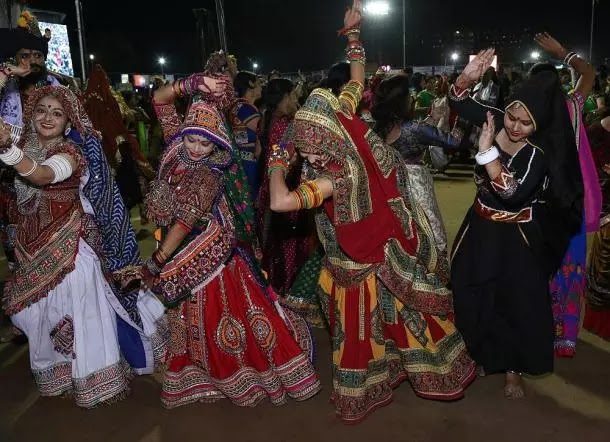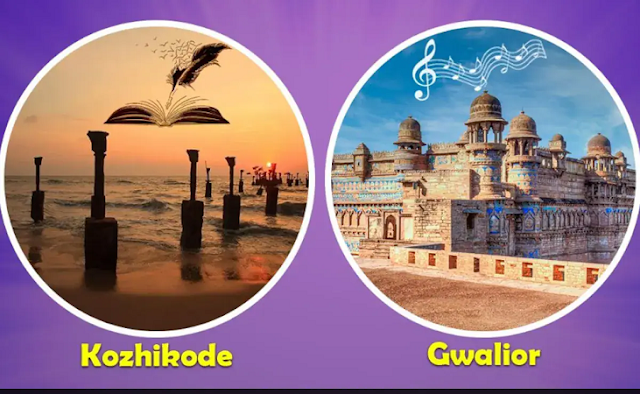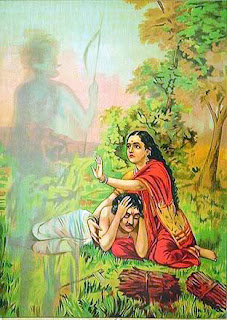Ninth Sikh Guru, Guru Tegh Bahadur

Guru Tegh Bahadur was the ninth Guru of the Sikh religion. He was beheaded on the orders of the sixth Mughal Emperor Aurangzeb on 24 November 1675 in Delhi. Born to Guru Hargobind and Mata Nanaki on 1 April 1621 in Amritsar Guru Tegh Bahadur was named Tyaga Mal at birth. Guru Hargobind was the sixth Sikh Guru. Guru Tegh Bahadur was trained in martial arts, swordsmanship and horse riding. He was married to Gujari in 1633. Guru Tegh Bahadur travelled far and wide visiting many places in northern India and also Assam and Dhaka, preaching the word of Guru Nanak. Guru Tegh Bahadur founded the city of Anandpur Sahib in Punjab in 1665. Gurdwara Sis Ganj Sahib at Chandni Chowk in Delhi was built in 1783 at the place where he was beheaded. Guru Tegh Bahadur’s young son Gobind, who was only nine when his father was killed, became the tenth and the last Sikh Guru.





